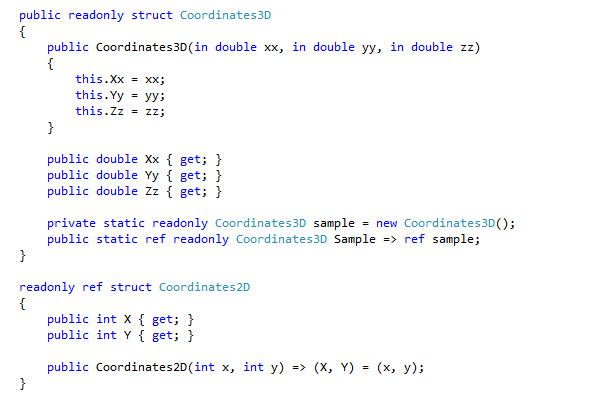

- Resharper visual studio 2019 how to#
- Resharper visual studio 2019 pdf#
- Resharper visual studio 2019 install#
- Resharper visual studio 2019 update#
Resharper visual studio 2019 update#
The SonarQube Update Center downloads the plug-in from the Internet and installs it in my SonarQube server.
Resharper visual studio 2019 how to#
This plug-in tells SonarQube how to analyze C# code. Next, I signed in as an administrator to the SonarQube server (the default username and password is admin / admin), went to the Update Center ( Settings | System | Update Center), and installed the SonarQube C# Plug-in.
Resharper visual studio 2019 pdf#
This guidance was converted to a GitHub repository ( -documentation), and is also available as a PDF file. The Visual Studio ALM Rangers provide guidance on how to do that.
Resharper visual studio 2019 install#
If you want to do something more serious, such as for production use, you can install another database such as SQL Server. NET and learn about it, before using it in production Alternatively, it might be that you want to start playing with SonarQube analysis for. Why would you want to use the default, non-production installation? This might be because, as a consultant, you are working with your customer’s code on your own computer, or on one of their computers, but you don’t want to set up an integrated build. To set it up, I followed these instructions on GitHub. I’m using the default embedded database (H2), which is not designed to be used for production, and I’m running SonarQube as a Windows service. To do this I installed Java, downloaded SonarQube from the SonarSource portal, and unzipped it. In the following sections of this post, I’ll be using SonarQube server installed on my local computer.

Installing a SonarQube server on a local Windows computer Here, I’ll show you how you can, in addition, run third-party analyzers with Build vNext. NET projects with the SonarQube Build vNext analysis tasks in VSO or TFS.

In a previous post, I showed how you can analyze your. Incorporate other code analyzers in VSO or TFS.For example, you can get extra coverage for technical debt by using analyzers such as StyleCop *and ReSharper.* Incorporate other code analyzers that run locally.In this section, I’ll show how you use the in your builds Analyze a project locally with MSBuild.It’s quite easy to set up SonarQube on a Windows computer for trial or demo purposes, though I’ll also provide pointers to setting up a production environment. Install a SonarQube server locally on Windows.This post aims to help you discover the possibilities for analyzing your technical debt using the 1.0.1**, which is at the core of the integration of SonarQube with MSBuild. SonarSource and Microsoft have been working to integrate SonarQube with MSBuild and TFS for some time and, since August 2015, there is a wide range of possibilities for analyzing the technical debt in your. SonarSource and the community provide additional analyzers (free or commercial) that can be added to a SonarQube installation as plug-ins. SonarQube is an open source product, produced by SonarSource SA, which consists in a set of static analyzers (for many languages), a data mart, and a portal that enables you to manage your technical debt. It also describes how to use the new Visual Studio Online (VSO) and Team Foundation Server (TFS) Build tasks to perform analysis as part of a VSO or TFS build. It covers installing SonarQube locally, running your first analysis using MSBuild, and using some popular third-party analyzers.

This post provides a quick-start guide to using SonarQube to analyze.


 0 kommentar(er)
0 kommentar(er)
